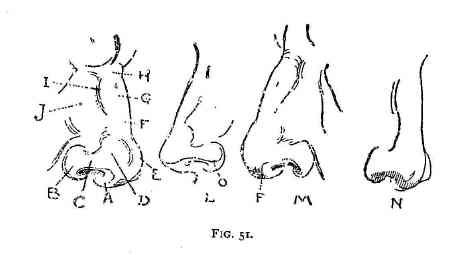For the many men suffering from prostate cancer throughout the world, we must continue our efforts to improve diagnosis, treatment, and basic understanding of this fatal disease. —Walsh and BrooksPSA is a marker of prostate disease. In the clinical context, it is probably most useful for monitoring cancer recurrence.
The author of this chapter most senior in age (JES, 67 at that time) had a complete physical examination by Dr. William M. McClatchey in March, 1987, which was reported as negative. Because of pain in his left knee, he had another partial examination in October, 1987.
WMcC: I want to do a rectal.
JES: But I had a rectal by you 6 months ago.
WMcC: My professor told me that not one patient will leave my office without a recent rectal examination.
JES: (Unwillingly) O.K.
Rectal exam revealed a prostatic nodule. Prostate specific antigen (PSA) from the earlier exam had been 0.3 ng/ml; the current report was 0.4 ng/ml. Both were within normal limits. But biopsy revealed adenocarcinoma. Radical prostatectomy by Dr. Sam Ambrose 2 weeks later revealed that the prostate (including its capsule) was full of cancer. Five years later an LHRH (luteinizing hormone-releasing hormone) agonist (Lupron) was started because the PSA had risen to 5.3 ng/ml. At present, Dr. Skandalakis is asymptomatic and the PSA is under 0.
Monday, October 7, 2013
Medical authorship, Part II
To continue my exploration of medical authors' personalities:
Subscribe to:
Posts (Atom)
